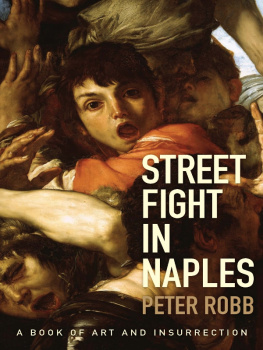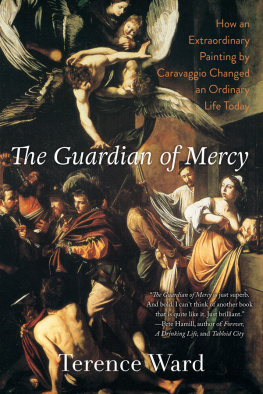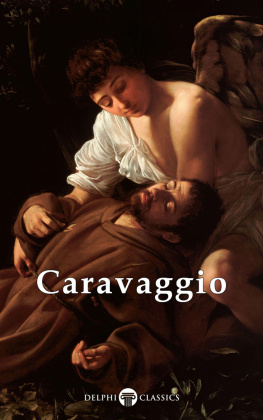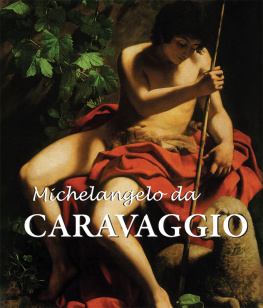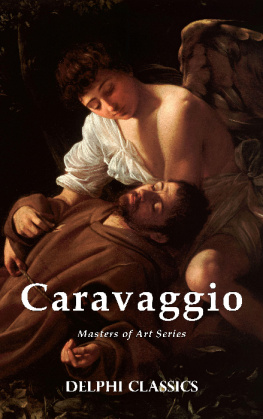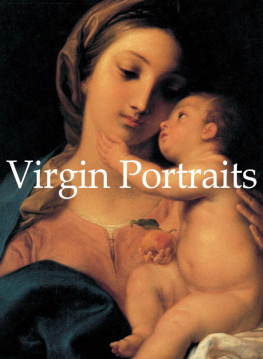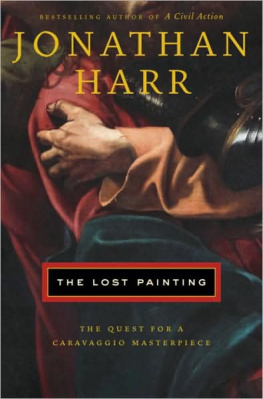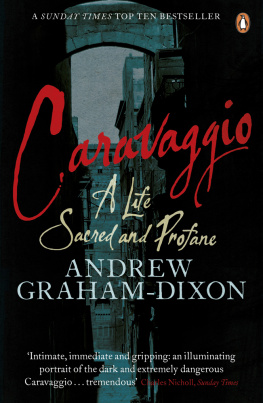Authors: Flix Witting
M.L. Patrizi
Translation: Andrew Byrd
Marlena Metcalf
LAYOUT:
Baseline Co. Ltd
61A-63A Vo Van Tan Street
4 th Floor
District 3, Ho Chi Minh City
Vietnam
Parkstone Press International, New York
Confidential Concepts, Worldwide, USA
The Metropolitan Museum of Art ()
All rights of adaptation and reproduction are reserved in all countries.
No part of this work can be reproduced or adapted without permission of the worldwide rights holder. Except if mentioned to the contrary, the copyrights of works reproduced are the property of their respective photographers. Despite our efforts, it has been impossible for us to establish the rights of the author in certain cases. In case of a claim, please contact the publisher.
ISBN: 978-1-78310-757-5
Flix Witting and M.L. Patrizi
CARAVAGGIO

Contents
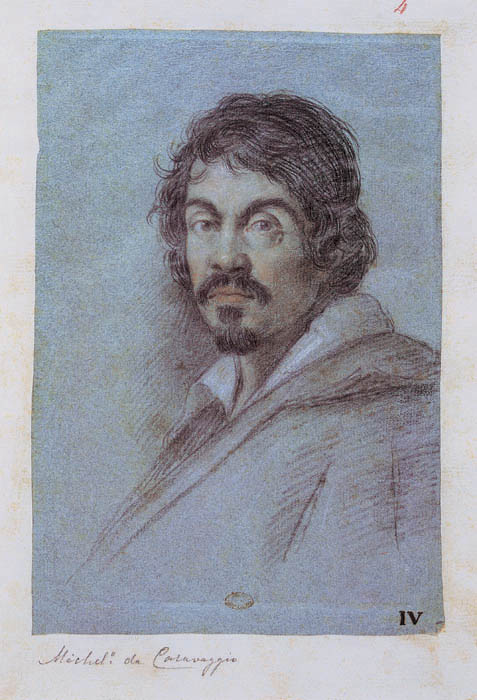
Ottavio Leoni, Portrait of Caravaggio.
Pastel on paper, 23.5 x cm .
Biblioteca Marucelliana, Florence.
Introduction
Although Caravaggio and his art may have been forgotten for almost three hundred years, it can safely be said that since the beginning of the twentieth century this oversight has largely been compensated for. Despite his dismissal by critics (was it not Poussin who stated that he came in order to destroy painting?) and his fall into oblivion, his name seems to have reappeared in the collective memory during certain periods of history. Even in his own time a contemporary of Caravaggio, Giovanni Baglione, recognised the artists importance as a discoverer of a distinctly modern style. Only an objective historical look at the artist and his works and the recognition of a psychological dimension to his uvre were missing in order to penetrate beyond literary enthusiasm to Caravaggios immortal merits.
The life of Caravaggio has given rise to numerous biographical interpretations, all focused on the violent and extravagant personality of the painter. One of these, written in the form of a poem, is the famous Notizia by Mancini (the translation of which appears at the end of this book), which relates the major events in the life of Caravaggio. According to this poem and other various historical sources, Michelangelo Merisi was born in September 1571, probably the 29th, the feast of Saint Michael the Archangel, in Milan where his father worked as foreman and architect to Francesco I Sforza, Marchese of Caravaggio. The predisposition for painting which Caravaggio demonstrated at an early age could have been inherited from his father who was, as Mancini states, foreman and architect to the Marchese of Caravaggio. This contradicts the writings of Bellori (of which there is also a translation at the end of this book) according to whom Caravaggio, whose father was a mason, like his contemporary Polidoro, would have from a young age carried the buckets of lime and plaster used in the making of frescos. It seems rather probable that Caravaggio inherited a fine talent from his ancestors although certain biographers have minimised its significance.
His parents were honourable citizens. As an employee of the Marchese, his father enjoyed a certain protection, from which Caravaggio would benefit throughout his life. In 1576, the plague that swept the Duchy of Milan forced Michelangelo Merisis family to flee the city. They moved to the small town of Caravaggio where Michelangelo spent his childhood. Several months after their departure from Milan, Michelangelo Merisi, then aged six, lost his father.
Seven years later, on the 6th April 1584, Caravaggio began his apprenticeship in the studio of the painter Simone Peterzano in Milan, where he studied with diligence for four or five years. He already showed some signs of extravagance, caused, it is said, by his excessive and hot-tempered personality.

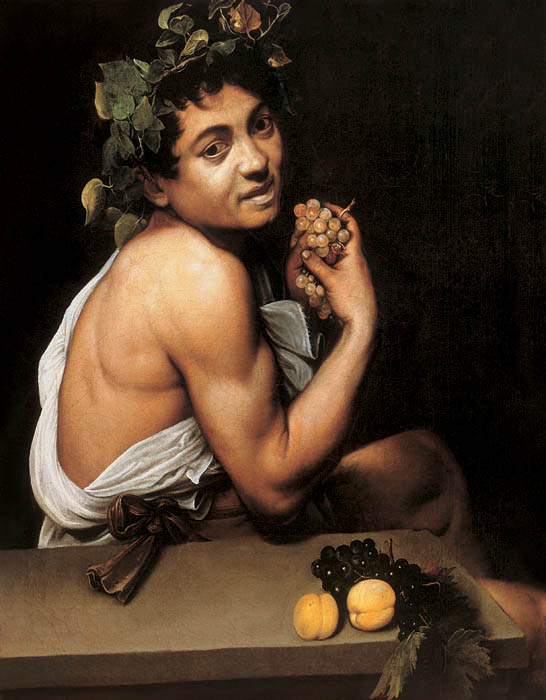
Sick Bacchus or Satyr with Grapes, c. 1593.
Oil on canvas, 67 x cm .
Museo e Galleria Borghese, Rome.
His Fate
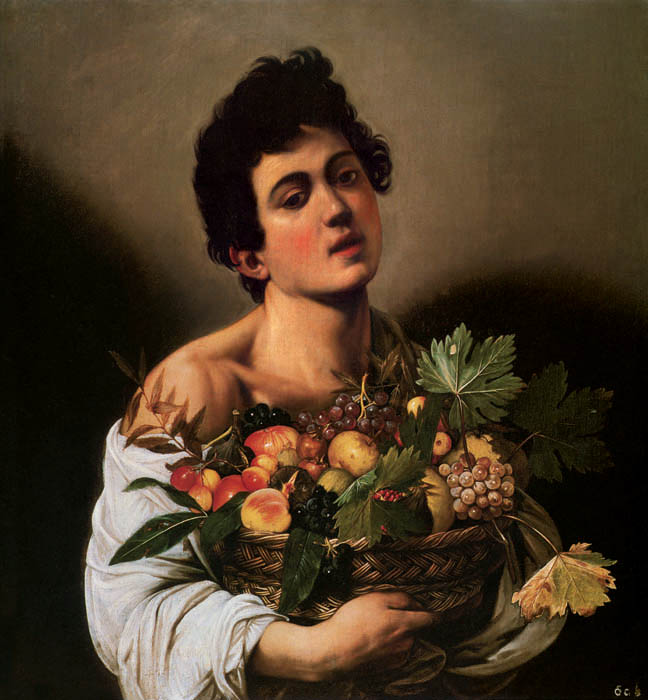
Boy with a Basket of Fruit, c. 1593.
Oil on canvas, 70 x cm .
Museo e Galleria Borghese, Rome.
The Early Years and Departure for Rome
Milan
Some early works preserved in Milan from the time when Caravaggio lived in the city, and presumed to be his, have been somewhat neglected by research. Despite the fact that today their attribution to Caravaggio is contested, these works are nevertheless important to our investigation, as they demonstrate certain characteristics typical of his work. Caravaggio developed his tendency towards the monumental genre from the observation of work by the Bergamasque painter Giovanni Cariani (active between 1511 and 1541); in his group of merry companions on a terrace from the year 1519 and in his lute-player he touched on similar motifs to Caravaggio. Later Caravaggio would dedicate himself in a significant way to this imposing genre, though even at the beginning of his career he tended towards the grandiose. In certain of these Milanese works the hand of Michelangelo Merisis master can easily be perceived. This master was Bernardino Lanini, in whose work the influence of Gaudenzio Ferrari is clearly recognisable. At this time, Caravaggio seems to have concentrated solely on the physical form of the human figure, depicted simply against a neutral background. Setting aside the classical heritage, the figure takes over the painting. This would become gradually more and more apparent in his work, and eventually one of Caravaggios distinguishing features. Caravaggio was also noticeably inspired by the work of Butinone, in particular the evocative motif of Saint Anne surrounded by her family. A certain tautness in a number of his paintings evokes the works of the former Milanese School, and highlights the fact that the young Caravaggio had only a limited number of resources at his disposal, which forced him to fight his way towards the freedom to which he aspired from a young age.
It can be observed that the young artist turned towards portraiture, attracted as his early works demonstrate by the realistic representation of genre motifs. The grandeur of his style already marked him out from his contemporaries. On examination of the works of his masters, it can be supposed that it was the exhortations of Gaudenzio Ferrari and his Milanese successor Bernardino Lanini that encouraged him to imitate them. in the Vatican Gallery indicates that he studied the sculptors work, which was striking in its naturalism. Likewise, it was probably Lanini who spoke to Caravaggio of Venice, where, after five or six years in Milan, the artist spent some time.
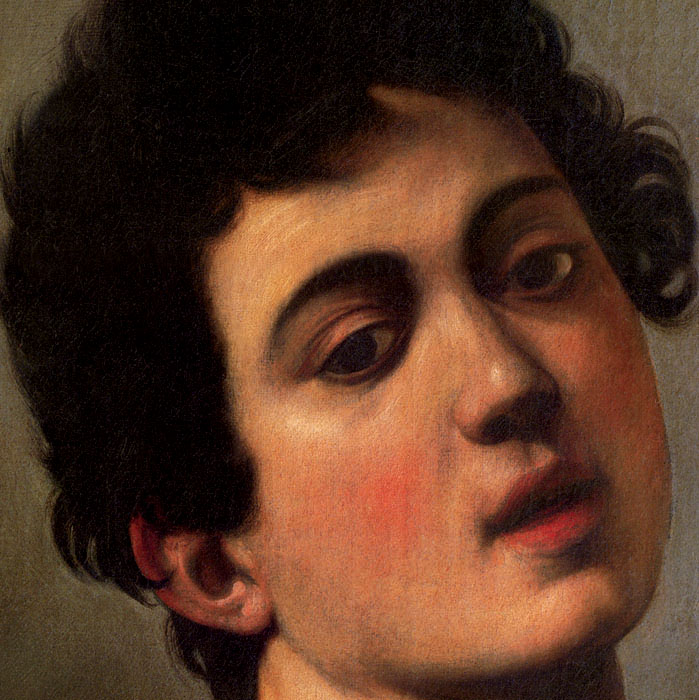
Boy with a Basket of Fruit (detail), c. 1593.
Oil on canvas, 70 x cm .


